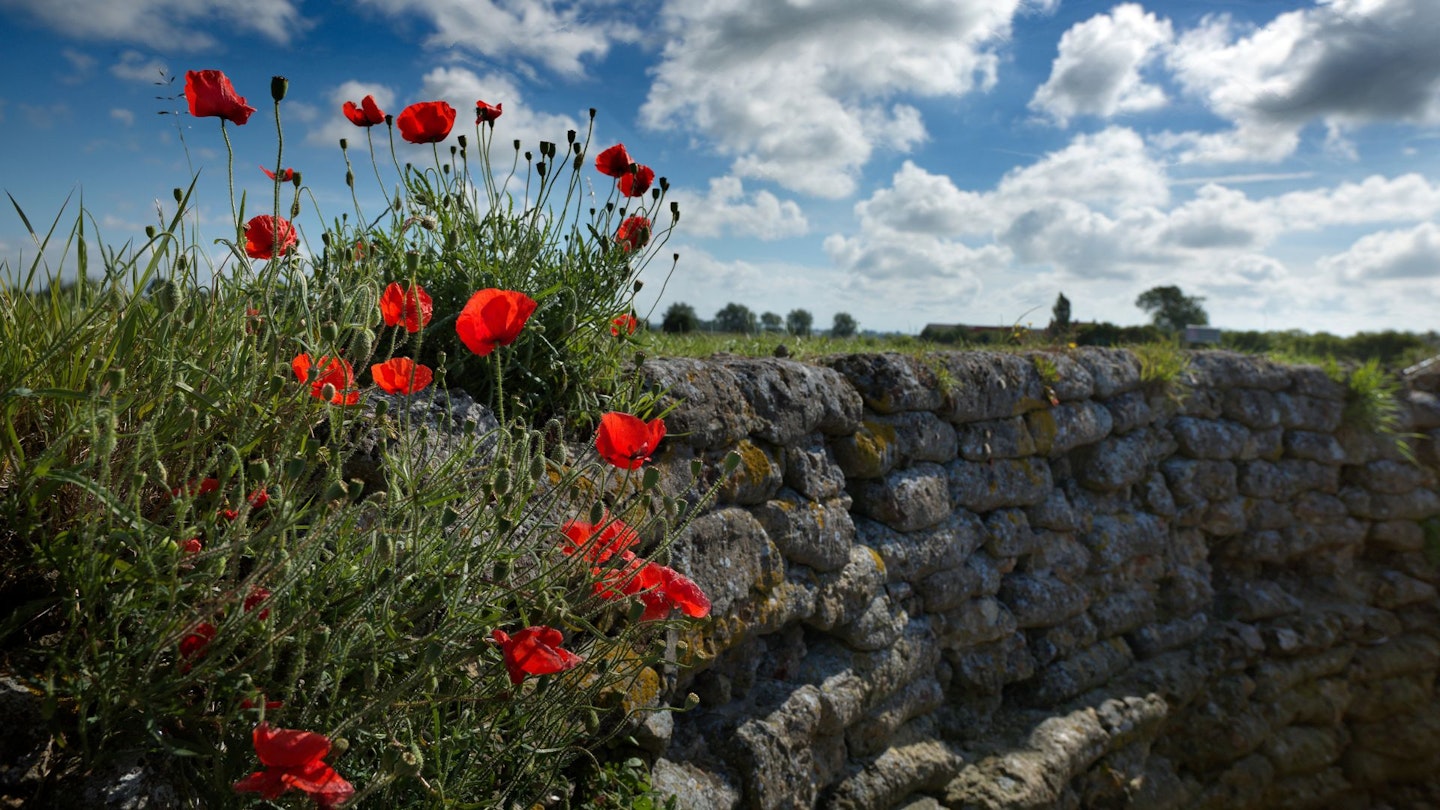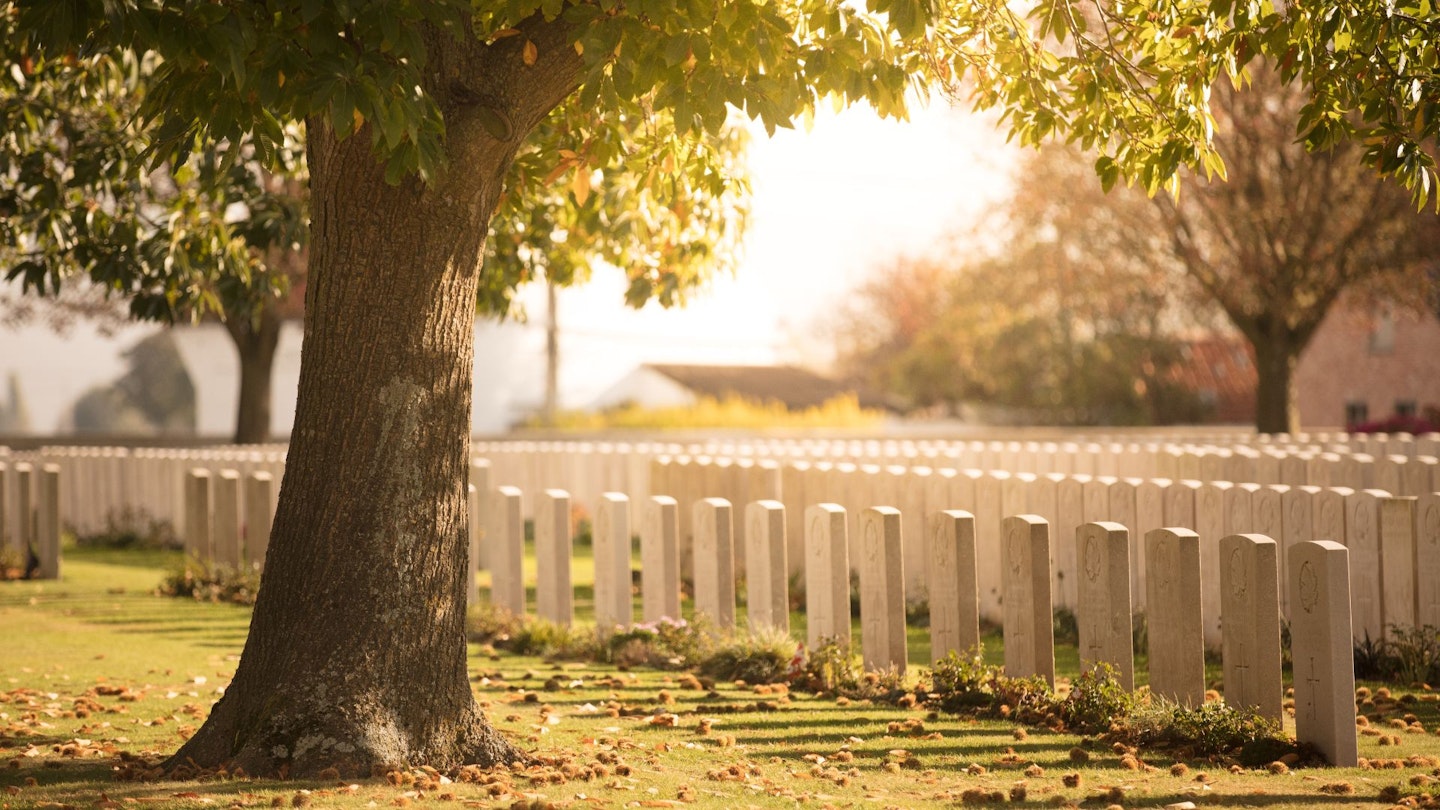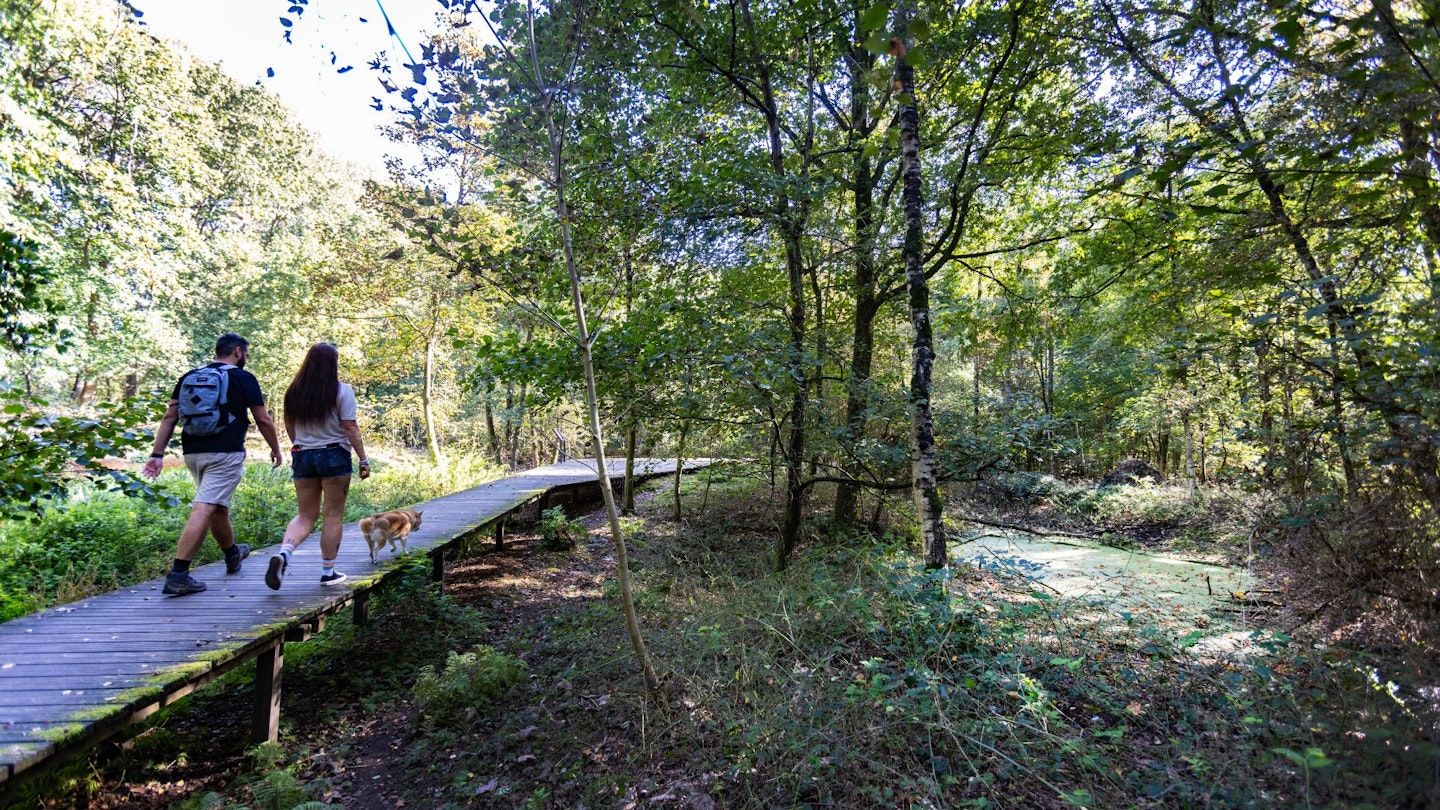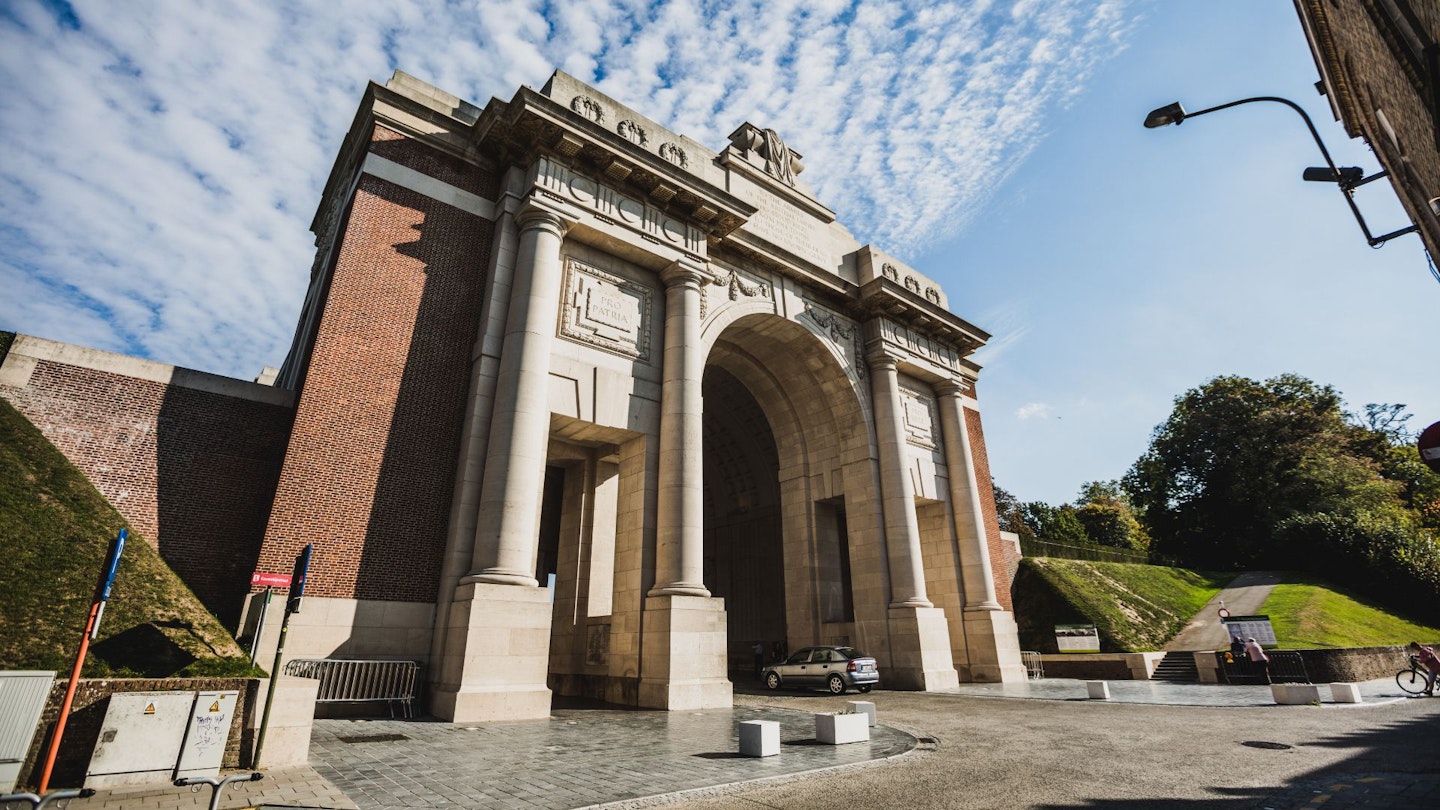The World War I battle sites of Flanders Fields in Belgium are some of the most thought-provoking and inspirational war landscapes in the world – and in 2025 a series of exhibitions, events and tours are exploring the significance of the devastating conflict on this landscape.
“We are the Dead. Short days ago, we lived, felt dawn, saw sunset glow, Loved and were loved, and now we lie, In Flanders Fields.” Forever immortalised in the words of soldier-poet John McCrae, the battle sites of Flanders Fields in Belgium are synonymous with the horrors of the Great War – and the inspiration for the use of the poppy as an enduring global symbol of remembrance.

From 1914 to 1918, Flanders Fields was a major battle theatre on the Western Front during the First World War. A million soldiers from more than 50 different countries were wounded, missing or killed in action here. Entire cities and villages were destroyed, their population scattered across Europe and beyond. The destruction of the city of Ypres and the brutal conditions endured during the Battle of Passchendaele (Third Battle of Ypres) became worldwide symbols for the senselessness of war. Human sacrifice endured here, almost beyond comprehension, and the remainder of the military cemeteries that dot the region serve as a poignant place for visitors across the world to pay their respects to the tragic cost of what was hoped to be a “war to end all wars”.
Today the peaceful region still bears witness to this history through its monuments, museums, cemeteries and the countless individual stories that link it with the world. Remembrance of the First World War will always live on in Flanders, in places such as the Menin Gate, where the Last Postsounds every evening; Tyne Cot Memorial and Cemetery (the largest Commonwealth military cemetery in the world); and the many, many memorials dedicated to the fallen and the missing, including 27 which have been recognised by UNESCO as a World Heritage Site.

From April 2023 to August 2024, VISITFLANDERS – the area’s tourist board – is hosting a series of new exhibitions, events and tours under the thematic year of Landscapes. The aim? To showcase to visitors the significance of World War I on Flanders’ topography and how its legacy will shape the landscape for future generations. The opening of new permanent experiential memorials, sound and light events, augmented reality experiences, specifically curated exhibitions and other events will dominate the calendar – and, if you’re quick, there’s still time to be part of these unique experiences this summer.
Located in northern Belgium, with a compact footprint the size of Yorkshire, the region of Flanders is easy to get to. Transport links by air or EuroStar to Brussels are superb, while travelling around once you’re in-country is straightforward by car, campervan, coach tour, bike or even on foot.

9 special events, exhibitions and tours at Flanders Fields
Here are 9 amazing new events and exhibitions you can experience this summer, as part of the Landscapes project.
1. “Witnesses in the Landscape” exhibition
Attend the daily Last Post ceremony in Ypres and you’ll also be able to visit the “Witnesses in the Landscape” exhibition. The scaled installation with stories and facts about 25 cemeteries, including immersive drawings and interactive activities, is not to be missed.
2. Hooge Crater Museum – “Front Eye” viewpoint
The Hooge Crater Museum’s “Front Eye” viewpoint offers a unique new vista-point over the historic front’s Ypres Salient, as well as several nearby cemeteries. Formerly a chapel, this listed building boasts a large rose window, providing a bird’s eye view over several battlefields.
3. “The Talbotusians in War and Peace” exhibition
Located just behind the Front Line, Talbot House in Poperinge was a haven of peace visited by over half a million soldiers (referred to as Talbotousians) during WWI. This exhibition tells the story of the support offered to many bereaved families, via anecdotes of bereaved veterans.

4. “The Landscape Bears Witness” walk
A number of walks and cycling routes have been specially created for the Landscapes thematic year. “The Landscape Bears Witness” route, in the town of Vletern, north-east of Ypres, is an accessible walk with viewing boxes to discover what would have been visible at those exact places in wartime.
5. “The Yellow Ribbon Trail” walk
“The Yellow Ribbon Trail” experiential route weaves a path along German-occupied territory. Some ten commemorative sites, which have long since vanished, are brought to life with photographs and audio content via a QR code linked to a heritage site.
6. “Traces in the Landscape” exhibition
The Yser Tower will host the “Traces in the Landscape” exhibition. High up in the panoramic room of Yser Tower, visitors will be able to relive the construction of the first tower and the deliberate flooding of Yser during World War I.

7. “Forgotten Tracks” immersive experience
At the Poperinge Visitor Centre, floor, wall and ceiling projections, coupled with surround sound and lights, will transport visitors to a train station during wartime: trains arrive and depart, soldiers march towards the front lines, wounded are taken away and bombs fall in the night...
8. “Invisible Landscape” Art Trail
A series of impressive art installations will bring faded battlefield sites back to life. The land art trail marks places where the fallen were buried, wounded were cared for, tram tracks ran carrying supplies to the soldiers, and more. There are two trails to choose from, ideal for cycling or walking.
9. Ypres “Peace Bridge”
In the centre of Ypres, a new permanent “Peace Bridge” will create a harmonious memorial combining art, monument and architecture that will invite visitors to walk and reflect. Constructed in weathering steel, the guard rail is embellished with the word ‘peace’ in 86 languages.

